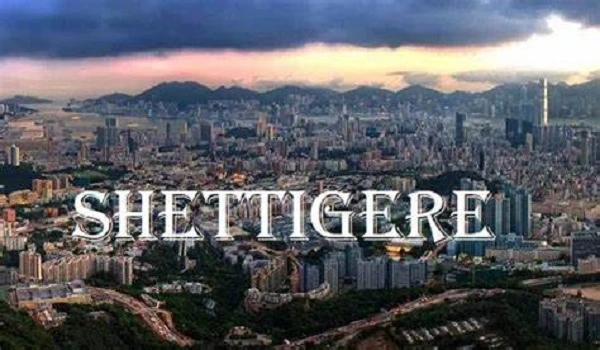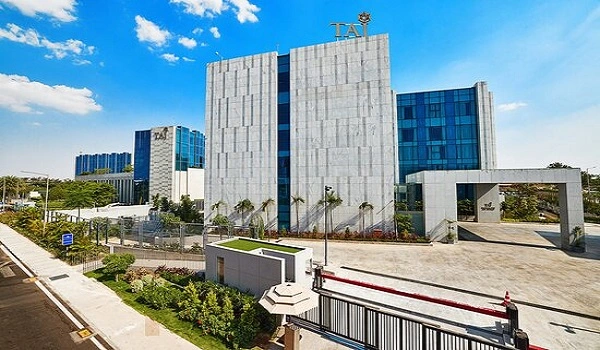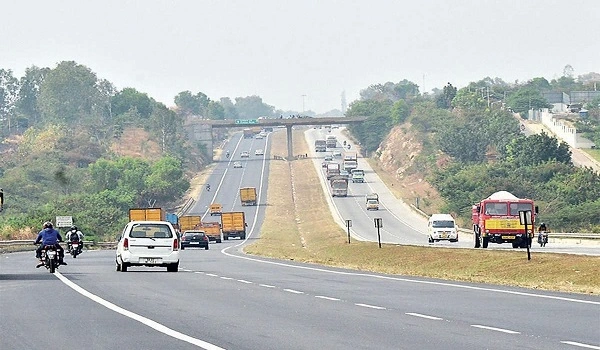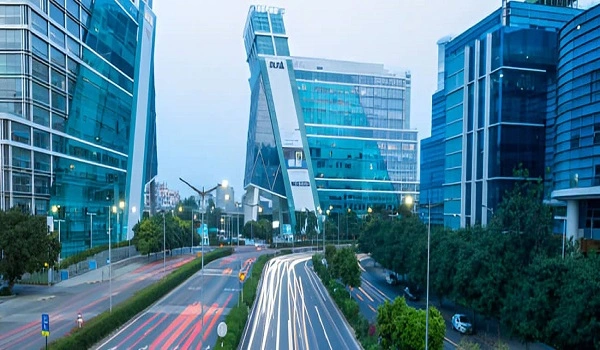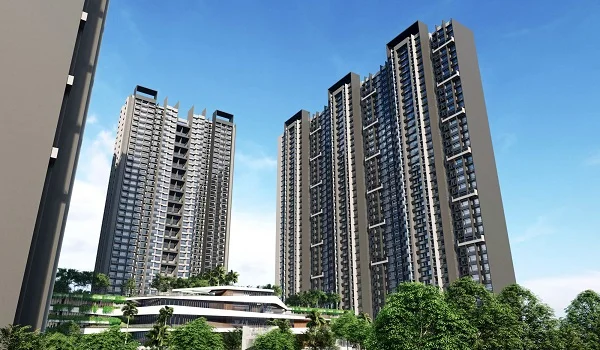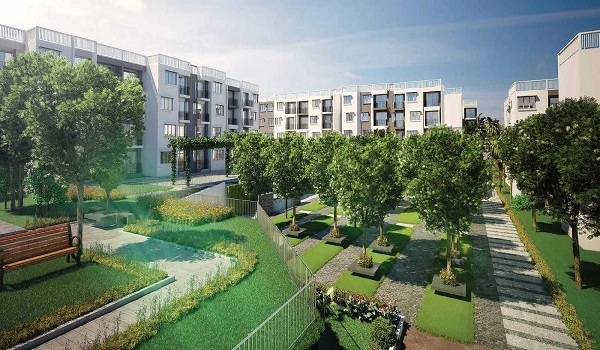How Inflation Affects Construction Costs And Property Prices In 2025

Inflation isn't just something that affects groceries or fuel—it has a direct impact on how much it costs to build homes and how much buyers end up paying. In real estate, inflation often shows up faster and stronger than in other sectors. That's because construction relies on many moving parts: raw materials, labor, fuel, machinery, and finance. When prices go up in any of these areas, home prices usually follow.
In growing areas like Shettigere, Bangalore, where projects like Godrej MSR City are shaping the new urban edge, understanding inflation's effects helps both developers and buyers plan better.
In 2022, global inflation peaked sharply due to the pandemic's aftereffects, war-related supply shocks, and rising energy prices. By 2025, inflation is easing but still above normal levels.
- Global inflation in 2025 is expected to hover around 4%, still higher than the pre-COVID average.
- India's retail inflation (CPI) is expected to stay in the 4.5%–5% range.
- Construction inflation often runs higher than general inflation—in some regions, by 8–12%.
This matters because materials like steel and cement are traded globally, and even small disruptions can send costs soaring.
- Building Materials
- Steel prices jumped over 200% during 2020–2022 and remain unstable.
- Cement costs are rising due to higher fuel and logistics charges.
- Electrical components are expensive due to import dependency and supply bottlenecks.
- Supply Chain Issues
- Geopolitical issues, port delays, and fuel costs mean it takes longer and costs more to move materials.
- Some developers are forced to delay work or switch to alternate suppliers.
- Labor Wages
- Rising living costs mean higher daily wages.
- Younger workers are choosing other sectors, making construction reliant on fewer hands.
- Inexperience can slow work, increasing costs and timelines.
- Equipment and Machinery
- Fuel prices raise the cost of using heavy equipment.
- Older machines need more maintenance.
- Newer equipment is expensive to buy or lease.
- Financing and Borrowing Costs
- In 2022, developers borrowed at around 5.8%.
- In 2025, the rate is closer to 7.5% on average.
- Some forecasts expect interest rates to dip later in 2025, but until then, financing adds pressure on margins.
Materials like steel, cement, concrete, and copper wiring have been on a rollercoaster ride since 2020.
Even small changes in these prices can add lakhs to a project's budget. This is especially true for large-scale developments like Godrej MSR City, where materials are ordered in bulk and price stability is key.
Inflation is not just about prices—it's about delays too.
Hiring skilled labor is harder than ever. There's a shortage of trained workers across the country.
This adds to overhead, especially when timelines stretch due to material delays or labor issues.
Construction loans have become more expensive.
- Prices of New Homes Go Up
- In Bangalore, average construction costs now make up 64% of home prices, up from 61% two years ago.
- Property prices in areas like Shettigere have gone up by 12–18% since early 2023.
- Affordability Drops
- Supply Slows Down
- Rental Prices Rise Too
When it costs more to build, developers pass that on to buyers. This is already visible:
Higher property prices combined with costlier home loans mean many buyers delay purchases or look for smaller homes. This slows demand, but not enough to cool prices in high-demand areas.
Some developers pause new launches because it's harder to plan costs. This lowers supply, which can push prices up even more for ready homes.
Landlords adjust rent to match inflation. In popular locations with good connectivity—like around Godrej MSR City—rental yields have improved, attracting more investor interest.
- Bulk Buying and Early Procurement
- Staged Construction and Phased Launches
- Redesigning for Efficiency
- Using Technology
Smart developers buy materials in advance at locked-in prices. Godrej MSR City follows this approach to keep pricing stable for buyers.
Launching homes in phases lets developers adapt to changing prices. It also helps early buyers get better deals.
Using space-saving layouts, newer materials, or modular construction methods can reduce costs without lowering quality.
Building Information Modeling (BIM), supply chain software, and real-time cost monitoring are helping developers stay on track.
- Book in Early Phases: Early pricing often reflects pre-inflation costs.
- Check for Escalation Clauses: Some agreements protect buyers from sudden price hikes.
- Compare Total Costs: Don't just look at base price—add GST, registration, interiors, and maintenance.
- Invest for the Long Term: Property values usually grow over time, even if inflation slows short-term demand.
Godrej MSR City in Shettigere is a good example of how branded, well-planned townships are managing inflation smartly while delivering value.
-
Monetary Policy
Central banks are signaling possible rate cuts later in 2025, which could ease home loan rates and encourage more construction activity.
-
Government Spending
Infrastructure spending—metro rail, highways, SEZs—supports property values in fringe areas. Shettigere, with its airport proximity, is directly benefiting.
-
Trade and Regulation
Any shift in import duties or building codes can change material costs overnight. Developers need to stay alert.
Inflation isn't going away anytime soon. But that doesn't mean you can't plan for it. Buyers, developers, and investors who understand how it works can make smarter decisions.
Look for:
- Projects with strong financial backing
- Locations with ongoing infrastructure development
- Builders who manage supply chains and pricing well
Godrej MSR City shows how the right project in the right place can still offer good value, even when the market is uncertain.

